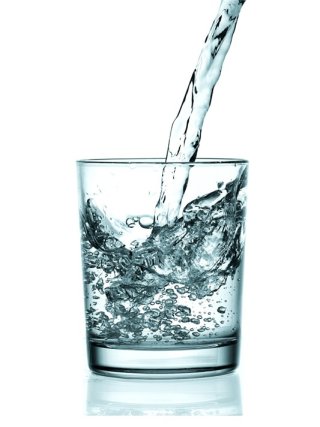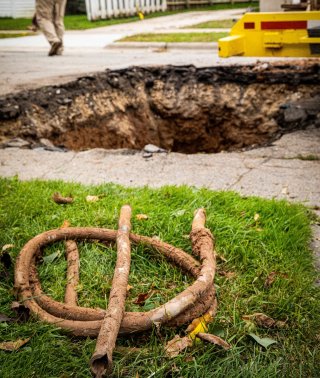Drinking Water Technical Assistance in Support of the Bipartisan Infrastructure Law
In direct support of the Drinking Water State Revolving Fund (DWSRF) funding authorized by Congress through the Infrastructure Investment and Jobs Act of 2021, also known as the Bipartisan Infrastructure Law (BIL), EPA researchers at the Office of Research and Development (ORD) will be providing small and/or disadvantaged communities with drinking water technical assistance related to lead service lines identification and treatment for emerging contaminants.
Technical assistance:
- Technical assistance for treatment options to remove emerging contaminants
- Technical assistance for lead service line identification
Technical Assistance for Treatment Options to Remove Emerging Contaminants

Emerging contaminants, such as per- and polyfluoroalkyl substances (PFAS), are challenging to drinking water systems across the country. Treatment for emerging contaminants is often not known, and when it is known, can be extremely costly. It is important to develop treatment options to ensure public health protection.
EPA researchers are working with public, private, and Tribal owned water systems across the country through a BIL-funded technical assistance program. This program is available to help local water systems identify optimal treatment methods for removing emerging contaminants, including PFAS, and optimize the long-term operation of the chosen technology. It will also be used to develop best practice guides and performance/cost estimate tools so water utilities across the nation can make informed treatment and operational choices. Technical assistance connects these water systems with EPA experts directly.
Related PFAS Research
- Treatment and control of drinking water contaminants research (PFAS)
- Treatment and control of drinking water contaminants research (CECs)
- PFAS analytical methods development and sampling research
- PFAS research
Related PFAS Resources
Technical Assistance for Lead Service Line Identification

It is estimated that there are approximately 6 to 10 million homes with lead service lines in the United States. Service lines are pipes that connect a home or building to the drinking water main. When these pipes are made from lead, they are referred to as lead service lines. The 1986 Safe Drinking Water Act (SDWA) prohibited the installation of lead service lines, but there are still many homes and businesses with lead service lines installed prior to 1986.
Knowing where a community may have lead service lines is critical to develop a replacement program. EPA researchers will be working with multiple communities across the U.S. to conduct research on the best approaches to lead service line identification (LSLID). The results of this research will be used to develop best practices and tools that drinking water systems can use to minimize cost and improve their ability to identify and remove lead service lines more easily.
Learn more about ORD's technical assistance for LSLID
Related Research
- Treatment and control of drinking water contaminants research (lead)
- Drinking water infrastructure resilience and sustainability research (distribution systems and corrosion)
- Lead Research
